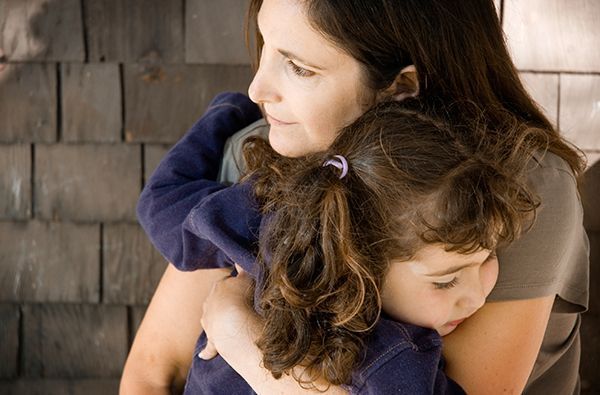Should children attend funerals?
Nature's Symphony
The death of a loved one can have a profound impact on a child, and should be handled carefully. For kids who have not yet had to experience funerals or the concept of death, these events can be frightening. There is no “right” age when it comes to allowing your child to attend the funeral or memorial service of a loved one. If you believe that attending would help them to grieve, then it is appropriate to bring them. Here are some tips for helping them through the experience:
Make sure that they will be able to sit respectfully
Many kids are not used to sitting still for long periods of time without a video game, phone or other toys to distract them. This is typically fine at a doctor’s office or even a church service, but may not be acceptable at all funeral services. If you do bring electronic toys, make sure that their volumes are turned off during the service.
Explain to them what to expect
Funerals are not easy for anyone to deal with, and can be especially stressful for young children who have never experienced them before. To ensure that your child is prepared to handle the experience, give them an idea about what will go on at the funeral. Explain that the occasion is a sad one, and that they may see the people they love crying. Note that this is normal, and that they are free to cry too if they are feeling sad.
Explain to the child how they will need to behave throughout the duration of the service. They will not be able to get up and take a break out in the hall with Mom or Dad if they start to get antsy. Make sure they are prepared to sit quietly for an extended period of time.
Talk with the child about death
For many kids, a funeral is their first experience with death and mortality. This can be unsettling and confusing. Try to explain the ideas and concepts involved simply, in a way that they can understand. The death of a loved one can be used as a way to talk about human biology or spiritual beliefs with your son or daughter, including what happens when you die. You can express your own personal beliefs on these matters, and ask your son or daughter what their thoughts are on the subject. While your child may not fully understand, it is good for them to gain exposure to and understand this part of life.
Be prepared to continue discussing the subject
Funerals can have a significant impact on children. Your child may want to continue talking about the funeral after it is over. If it is clear that they are struggling with the idea of death or the passing of a loved one, spend some time discussing the issues further. You may want to read children’s books on the subject, or take some time to answer lingering questions that they may have. When parents help children navigate this often confusing and scary situation, it makes it much more manageable.









